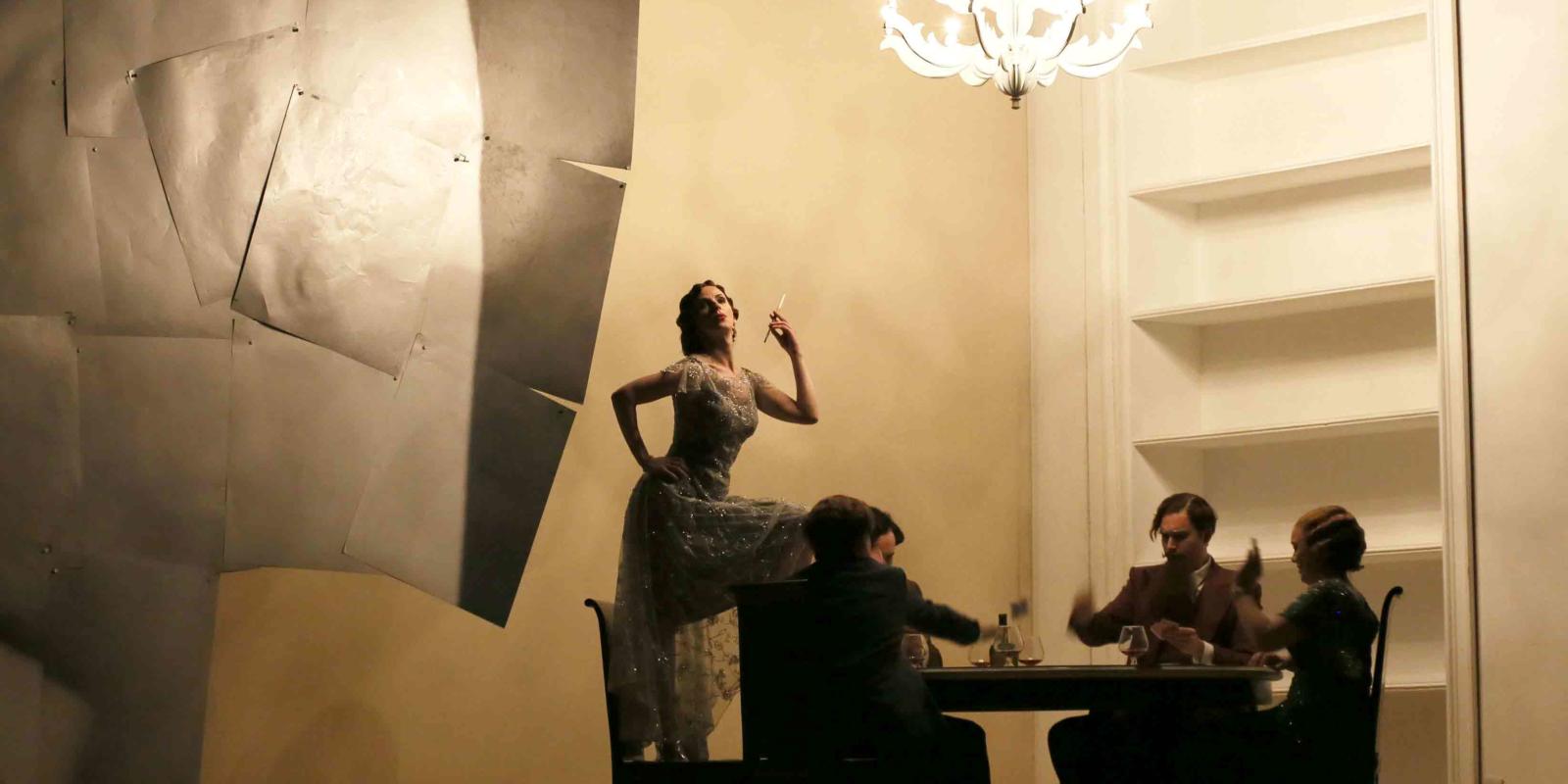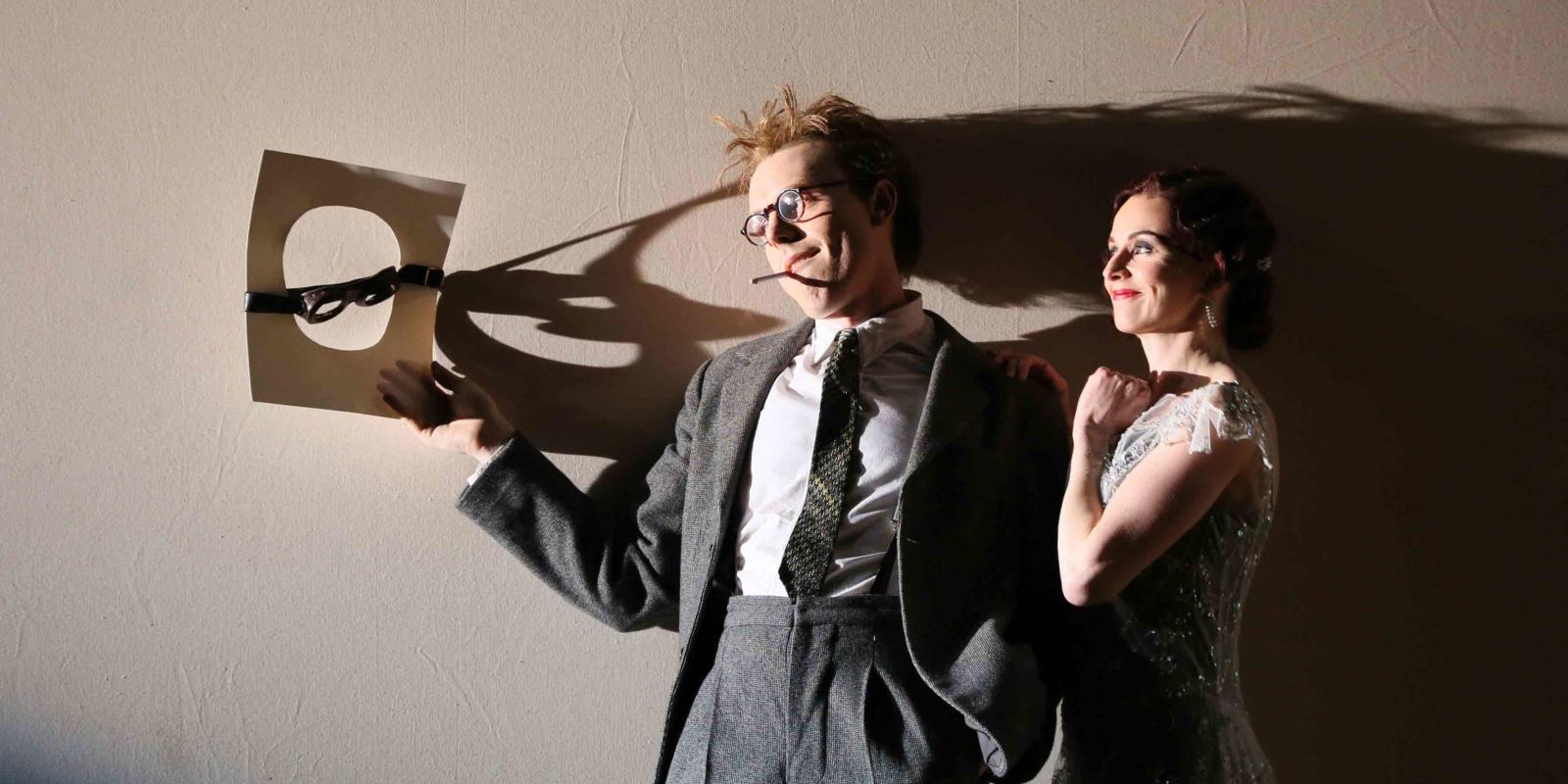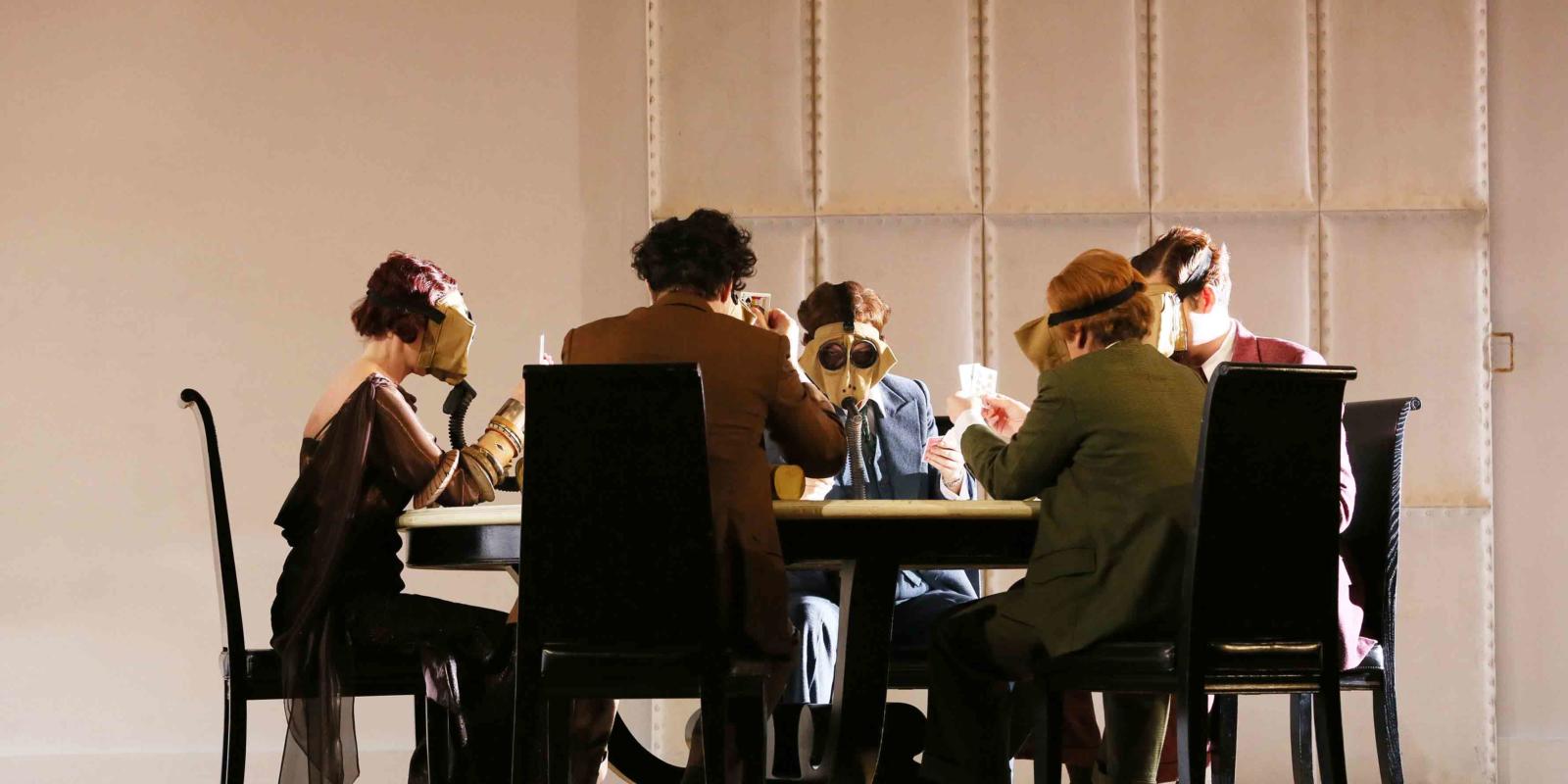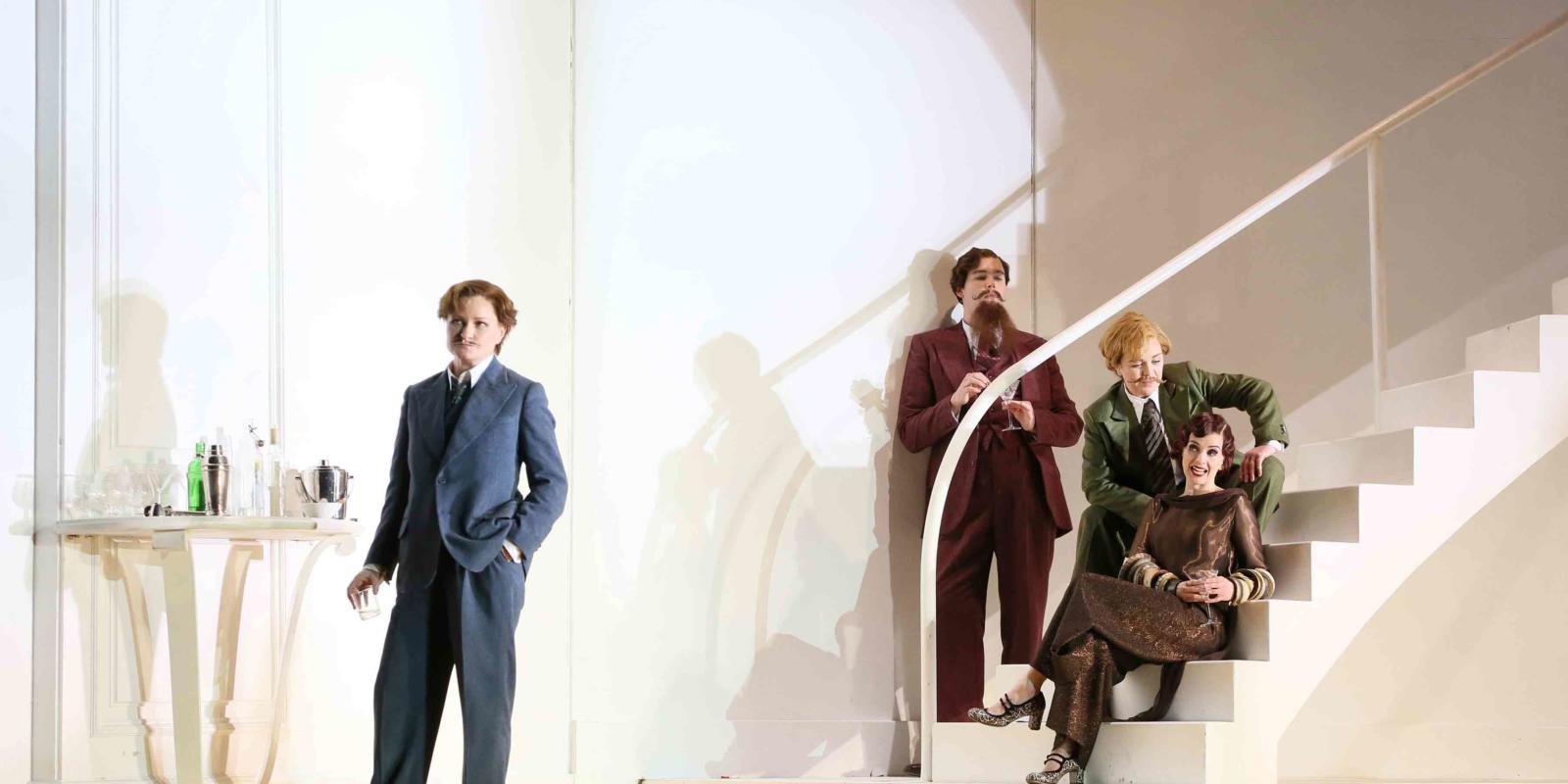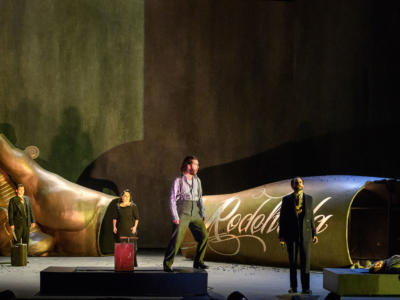An Introduction to Partenope
Handel’s opera treats finding love as a battle both literally and figuratively. This comic opera is full of romantic entanglements and mistaken identities.
Partenope received its first performance at the King’s Theatre, Haymarket, London in 1730. ENO performed it for the first time in 2008.
The story
Partenope is the Queen of Naples. She wants to marry and she has several options:
- Arsace: A handsome and charming prince, but also a bit of a heartbreaker.
- Armindo: A kind and gentle prince who secretly loves Partenope.
- Emilio: A powerful and ambitious prince who seeks to marry Partenope for political gain.
- Rosmira: Disguised as a man named Eurimene, Rosmira is Arsace’s scorned former lover, seeking revenge.
Video
The Partenope Myth
The Partenope of the title is the mythical foundress of the city of Naples. In fact, in Latin literature Naples was often known simply as Partenope.
In her article for ENO’s original 2008 production, Historian Mary Beard notes,
“the epitaph that the poet Virgil is supposed to have composed for his own tomb in Naples, used that title for the city. His simple lines ‘Mantua bore me. The Calabrians snatched me away. Partenope now holds me’ were famous in the eighteenth century, as was a romantic ruined tomb in Naples believed to be that of the poet himself, much visited by travellers and grand tourists.”
ENO's Production
Directed by Christopher Alden, ENO’s production brings the story into the 1920s.
Partenope is now a society hostess. Her court is now a sophisticated Paris salon full of socialites and artists who enjoy the daily round of parties, cocktails and card games.
The production design is inspired by the Surrealists of the time. These include artists and writers such as André Breton, Louis Aragon, Max Ernst, Salvador Dali and Man Ray. In fact, one of the characters, Emilio, is based on the photographer Man Ray.
Photo Gallery
Handel, the Composer
Handel’s early years growing up in Germany and then his travels across Europe, in particular to Italy, exposed him to various musical styles.
He settled in the UK in 1712 and he became a leading opera composer in London. It was here he produced works like Rodelinda, Giulio Cesare, and Alcina.
Financial challenges in the opera scene led him to shift his focus to large-scale choral works including his most famous oratorio, Messiah.
Video

